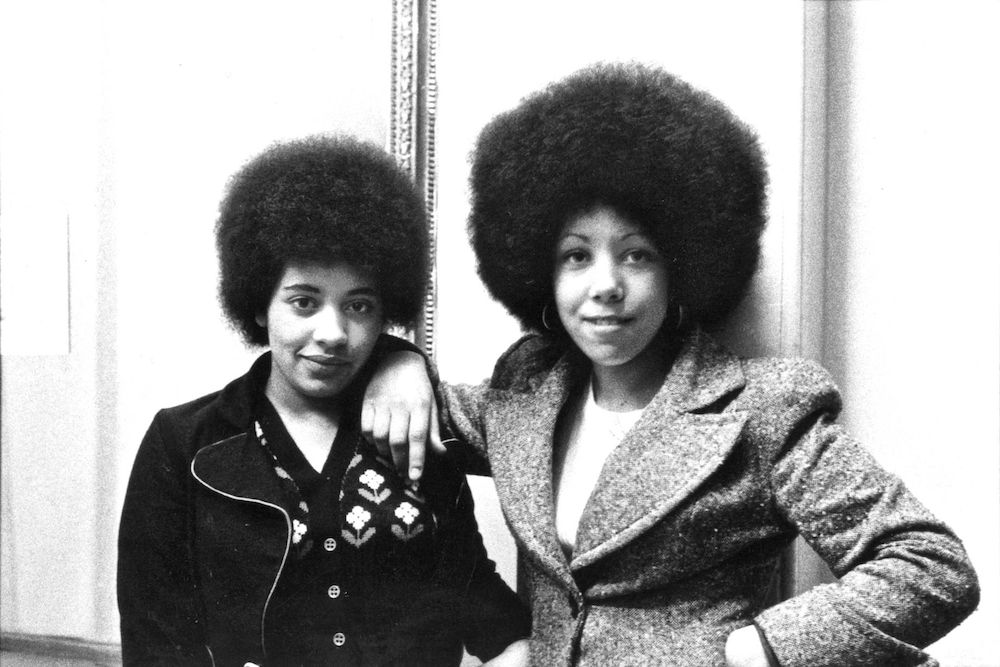
Girls at the Youth Club 1974
“My future husband, David, was living there as a student. He was very concerned that, despite all that was being written and photographed about the area, where tight-knit communities were being pulled apart by redevelopment, its people were being forgotten. Who were they? As a young photographer, I set out with David to find them, to tell their story in words and pictures as they went about their daily lives.” – Tricia Porter
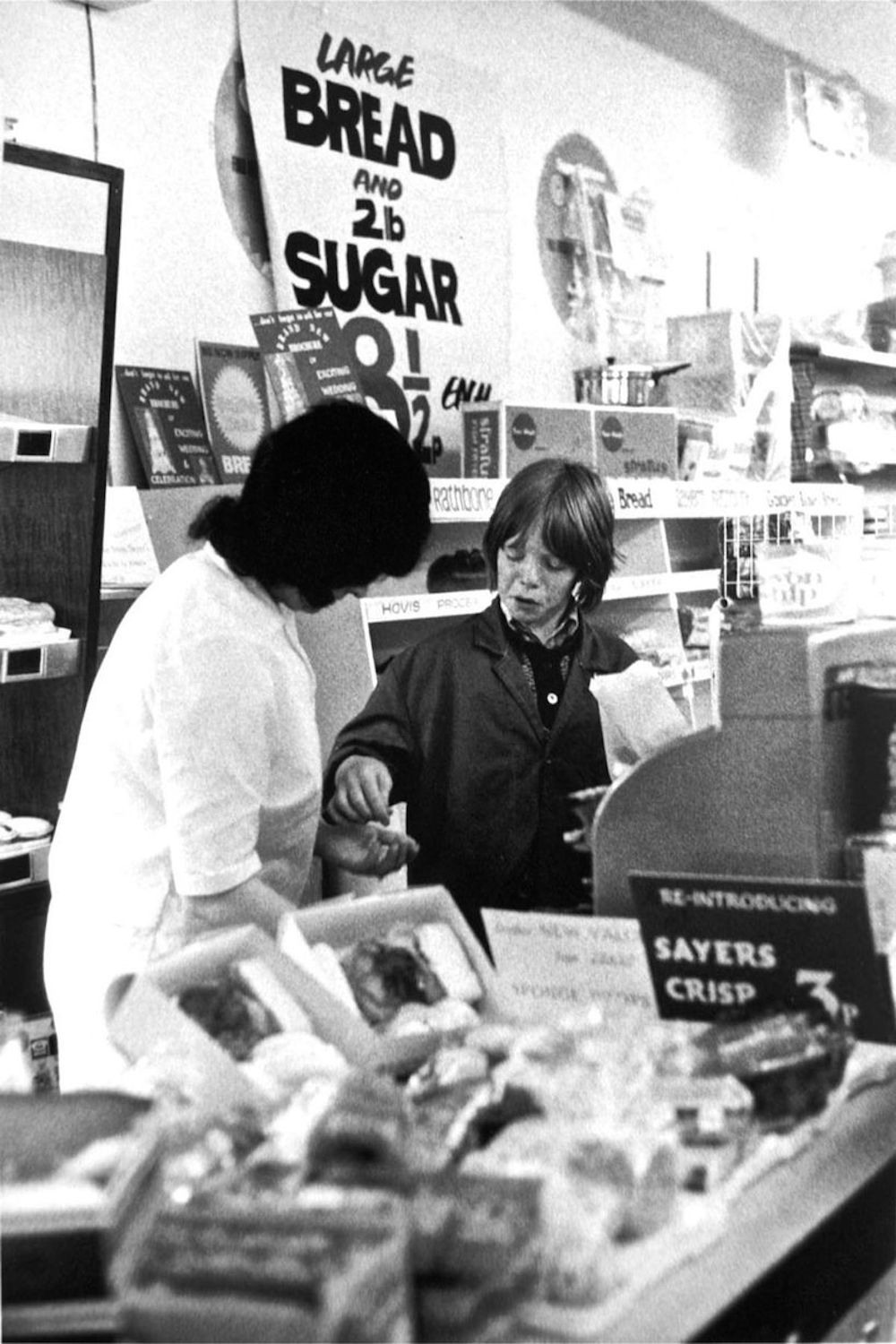
‘Bedford Street’ Image from Tricia Porter collection of pictures from Toxteth,1972
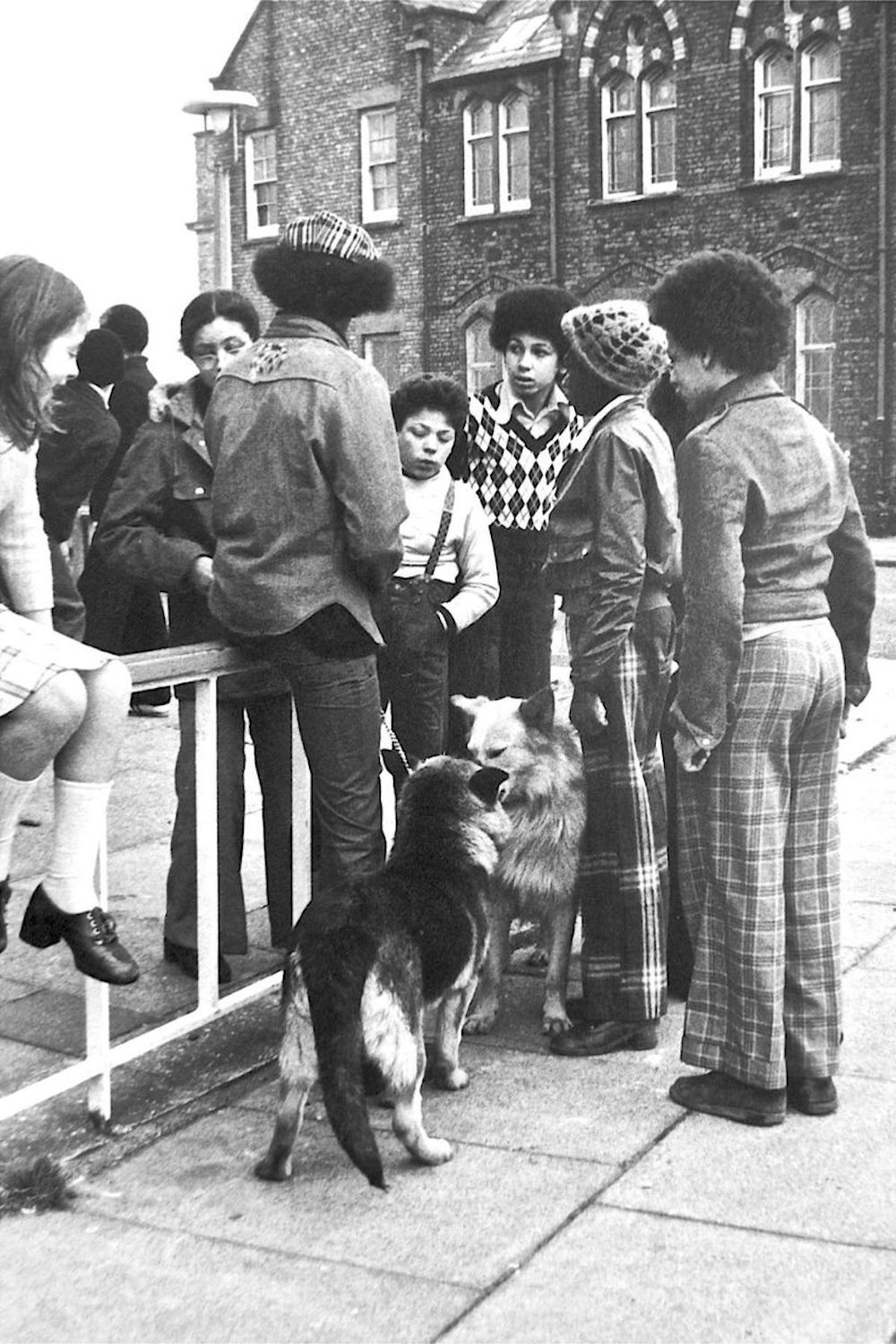
‘Bedford Street’ 1972
“On the first night of the disturbances gangs of white youths – mainly skinheads – ran riot through the Falkner Square estate smashing windows and beating up anyone they found out on the street who could have been a resident.
“On the second night, those of us in the picture and a number of others, erected barricades to the entrance of the estate to repel the expected attack from the skinheads, which did occur but this time they were unable to gain access to the estate.
“The barricades were removed the following morning, but were re-erected for the next three or four nights.
“The gangs of skinheads still congregated outside of the barricades, but the police then instructed those behind the barricades to remove them.
“The barricades were not removed and the response from the police was to charge the barricades, so effectively over a two or three day period it was the police who were the aggressors charging the barricades whilst the skinheads and anyone who was interested watched.
“Once the police gained entry through clambering over the barricades, those who manned them were given refuge in the houses of the residents of Falkner square.
“There were some arrests, but not many and the barricades were eventually removed, with the police giving a commitment to maintain a presence for the residents to ensure that the skinheads would not be able to congregate outside of the estate or rampage through again.” – Paul Peng recalls the Toxteth riots of 1972
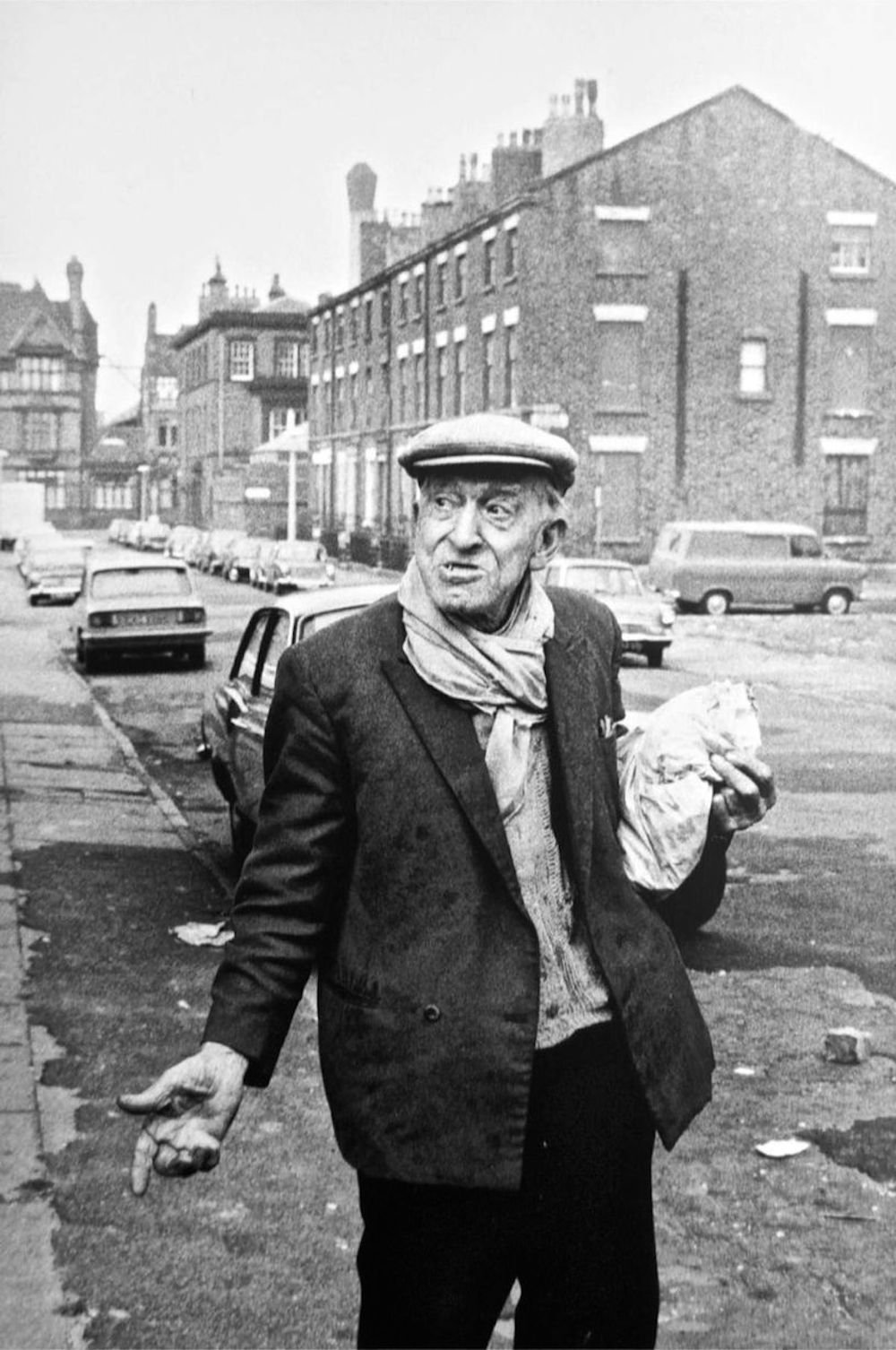
‘Bedford Street’ 1972
“An Austin Allegro started crawling alongside me. There were two police officers in it, and it was a marked [police] vehicle. One of them wound down the window and asked me where I was going. I explained that I’d just come from school … The car stopped. One of the officers got out … He put his hand on my shoulder, and touched my bag … He said, ‘I’m going to look inside it.’
“I was too small, too young and too naive to argue. I just let him take it. He opened it, and there were some exercise books, my PE kit, and a towel. And he said, ‘Have you robbed any of this?’ I said, ‘No.’ Some of the books had my name on the front. ‘I’ve got to ask you some questions,’ he said. ‘You’ve got to get in the car.’ I said, ‘I don’t want to. I want to see my mum. I live round the corner.’ He said, ‘I’m not interested in all that. Get into the car, you black swine!’
“So I got into the car. I knew that on [nearby] Admiral Street there was a police station … We drove past it, and carried on. And carried on. Then we were along Aigburth Road [south of Toxteth] and I didn’t know the area at all. We drove through Aigburth, then Garston, and into Speke, which was the very south of the city. It was just a wasteland then, mainly mud … By that point of time it was dark.
“In the car, one of the policemen had been turning round to me, making threatening faces and saying things – I can’t remember what now, because my mind had gone blank. I was scared absolutely shitless. On the wasteland, he pulled me out of the car and … emptied my bag into a huge puddle. Then they pushed me into the puddle, and started laughing, and said, ‘That’s what you get, you daft little black cunt!’ And just got into the car and drove off.” – Jimi Jagne, born in Toxteth, recalls growing up in Liverpool in the 1970s and 1980s
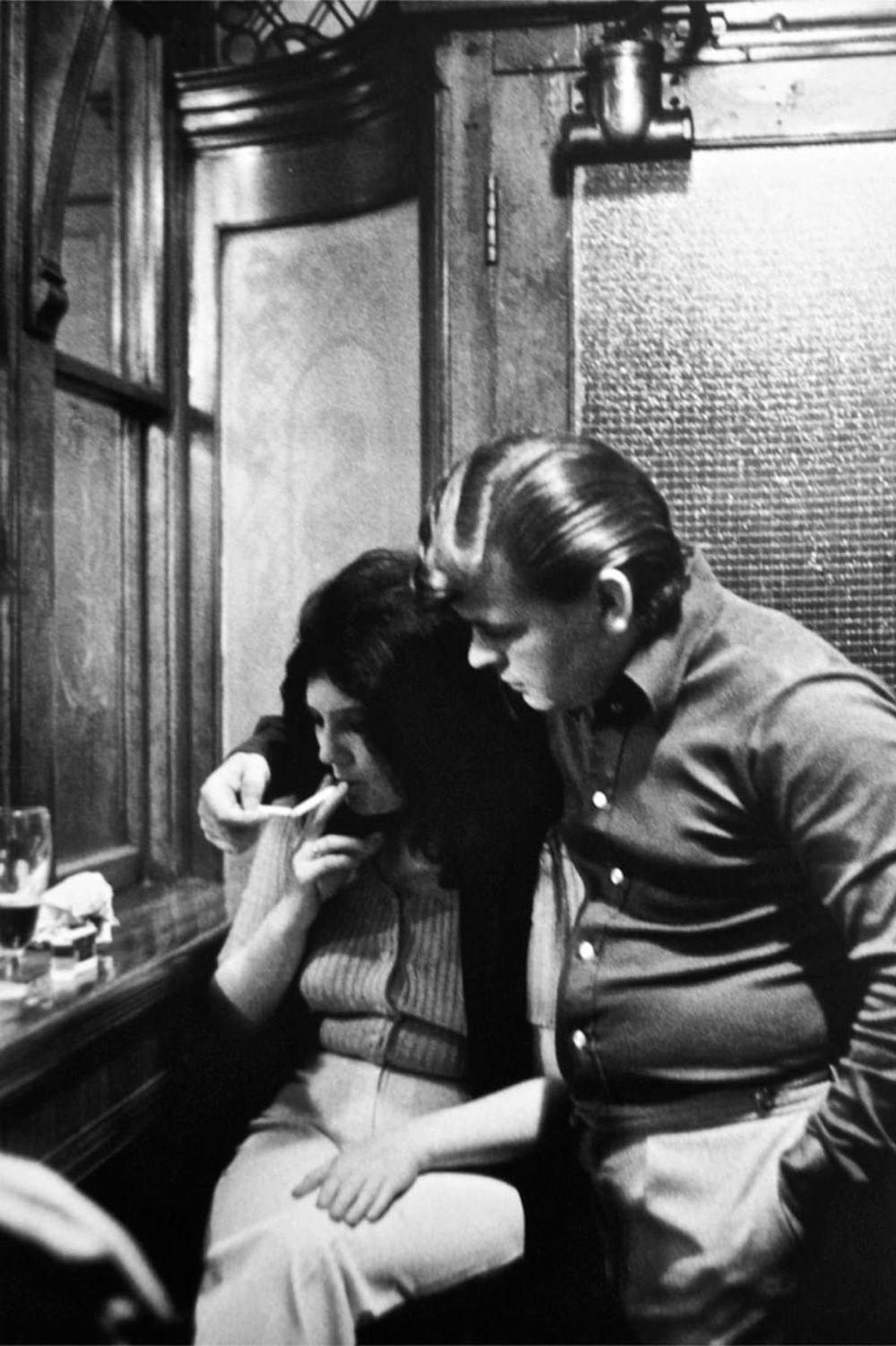
Belvedere Arms, 1972
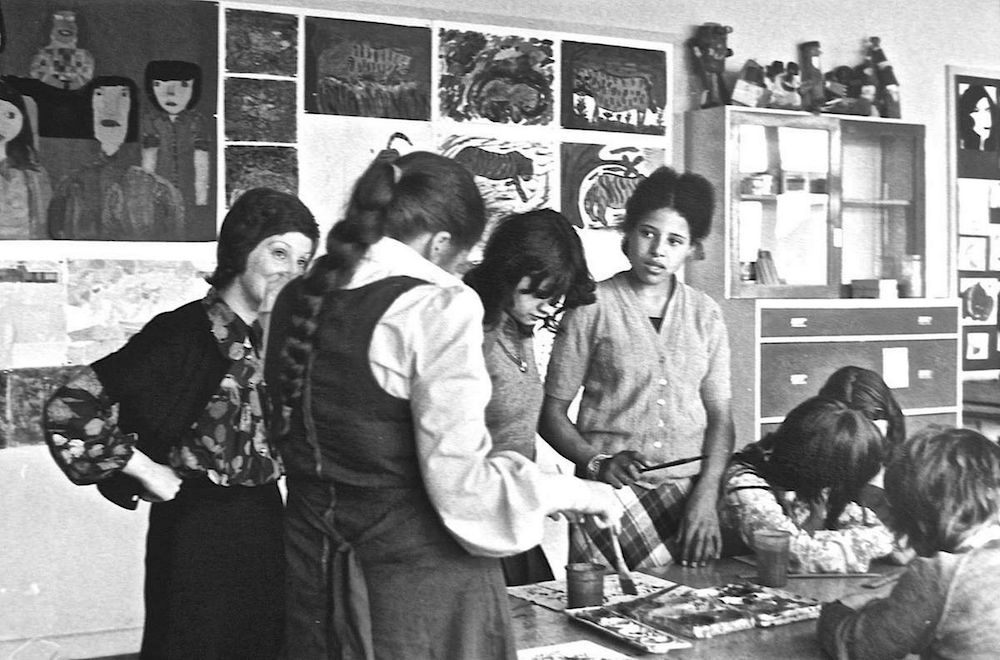
1972
On Friday July 3rd 1981 the arrest of 20 year old Leroy Cooper on Selbourne Street, watched by an angry crowd, led to a fracas in which three police officers were injured.
Over the weekend that followed full blown riots broke out on the streets of Toxteth with pitched battles between police and youths throwing missiles including petrol bombs. – BBC
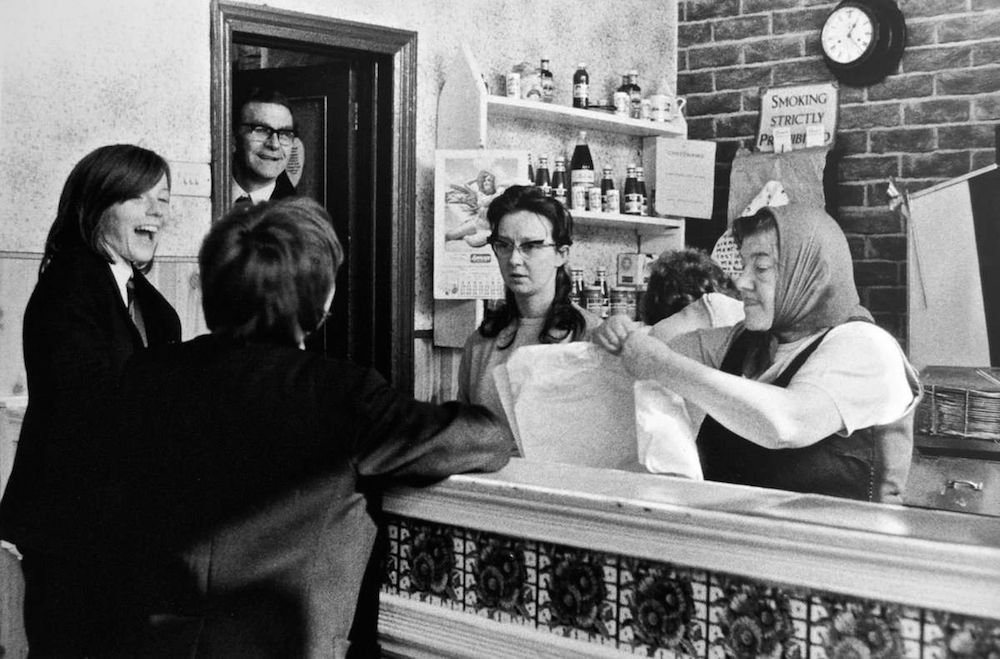
‘Bedford Street’ Image from Tricia Porter collection of pictures from Toxteth,1972
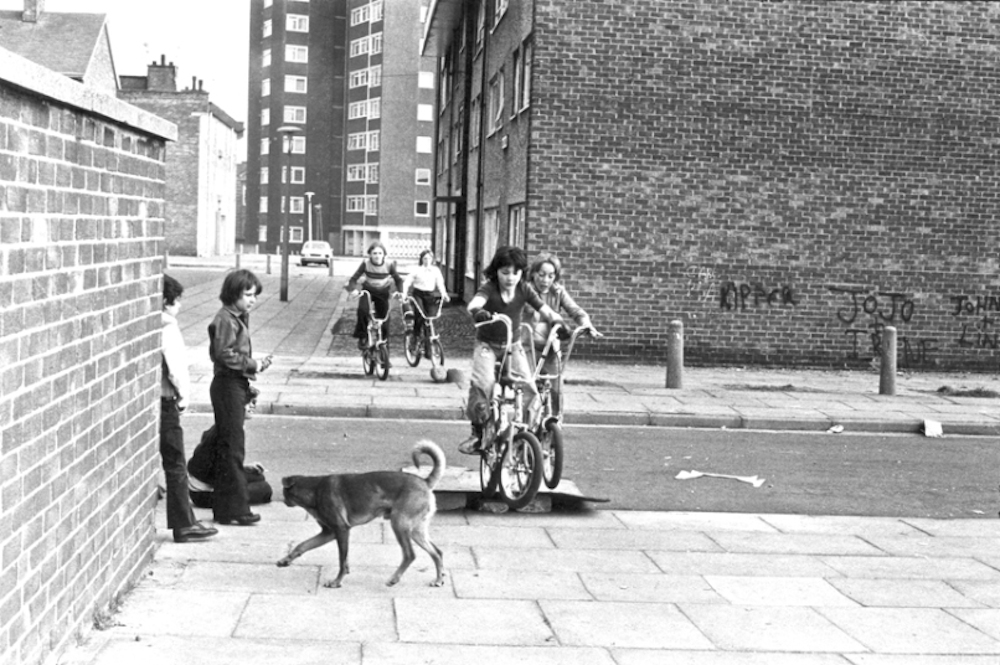
Toxteth, 1974
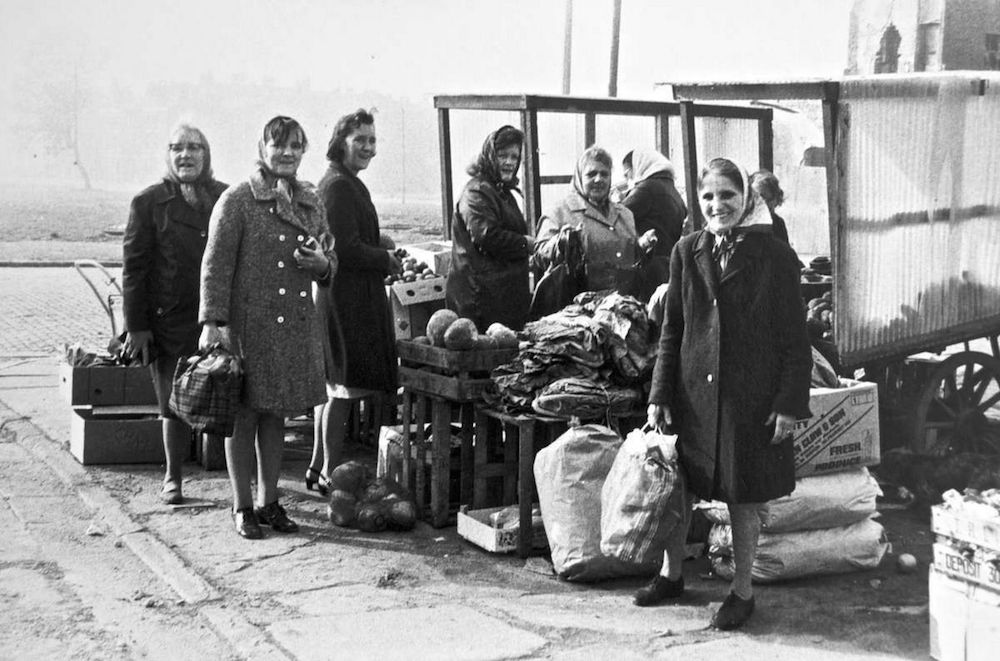
‘Bedford Street’ 1972

Myrtle Street, Bedford Buildings, 1972
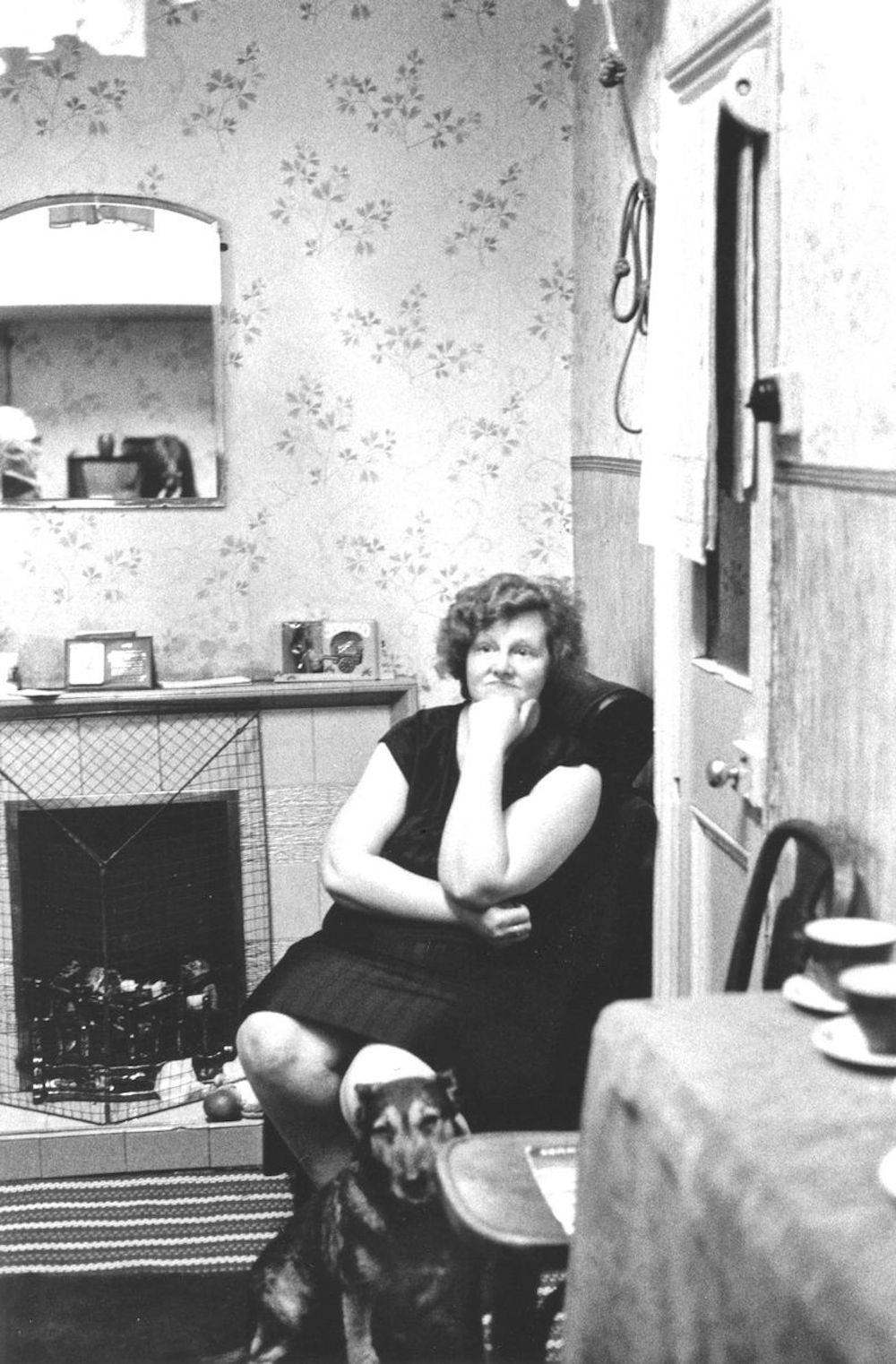
Mrs Long at home 1972
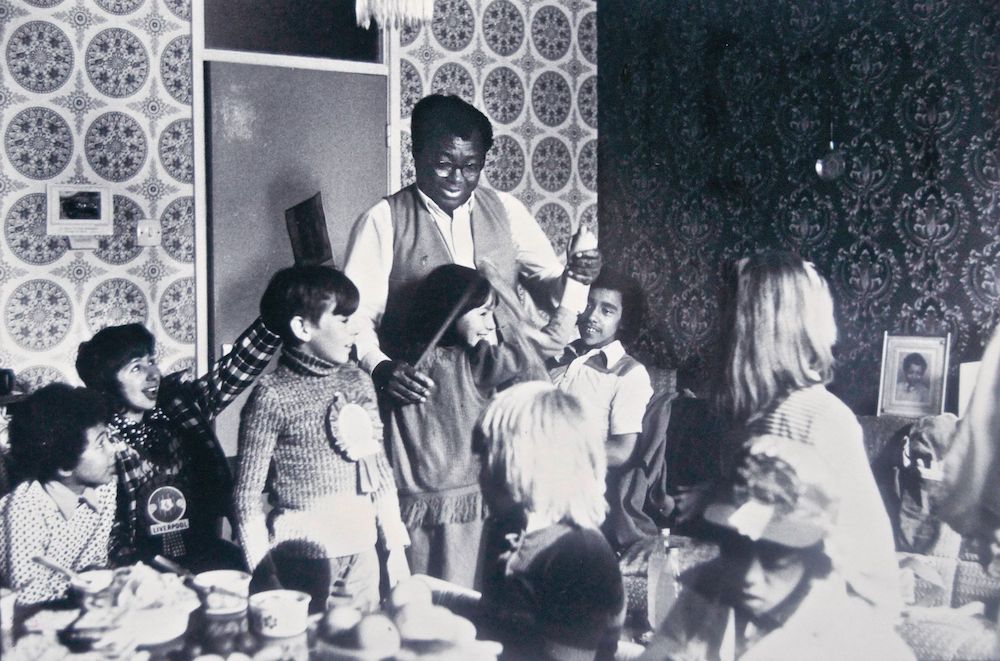
Football Final party at the Davies’ 1974
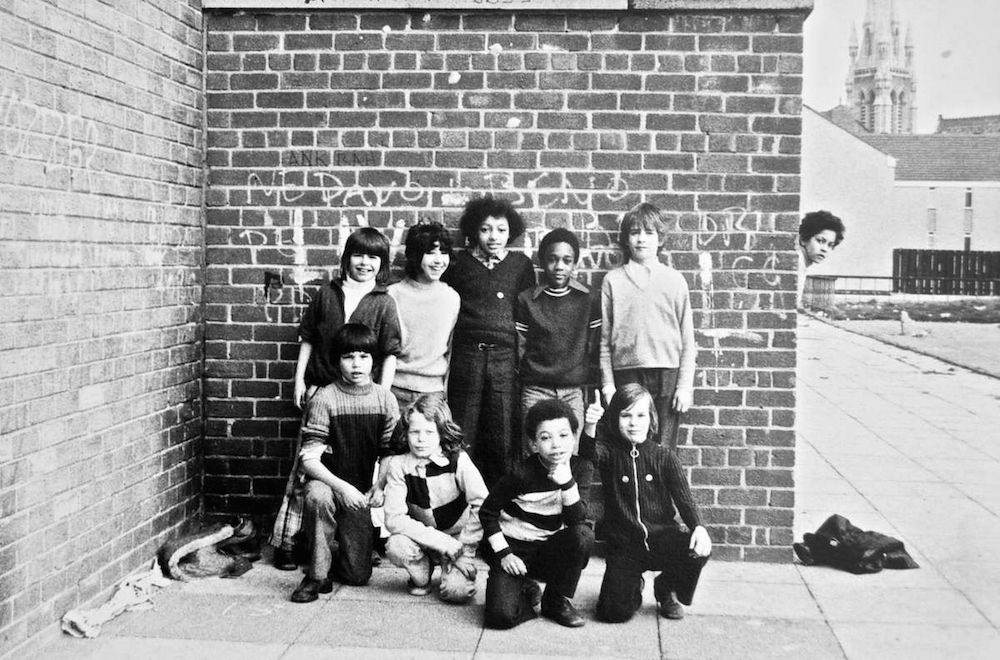
Toxteth, 1974
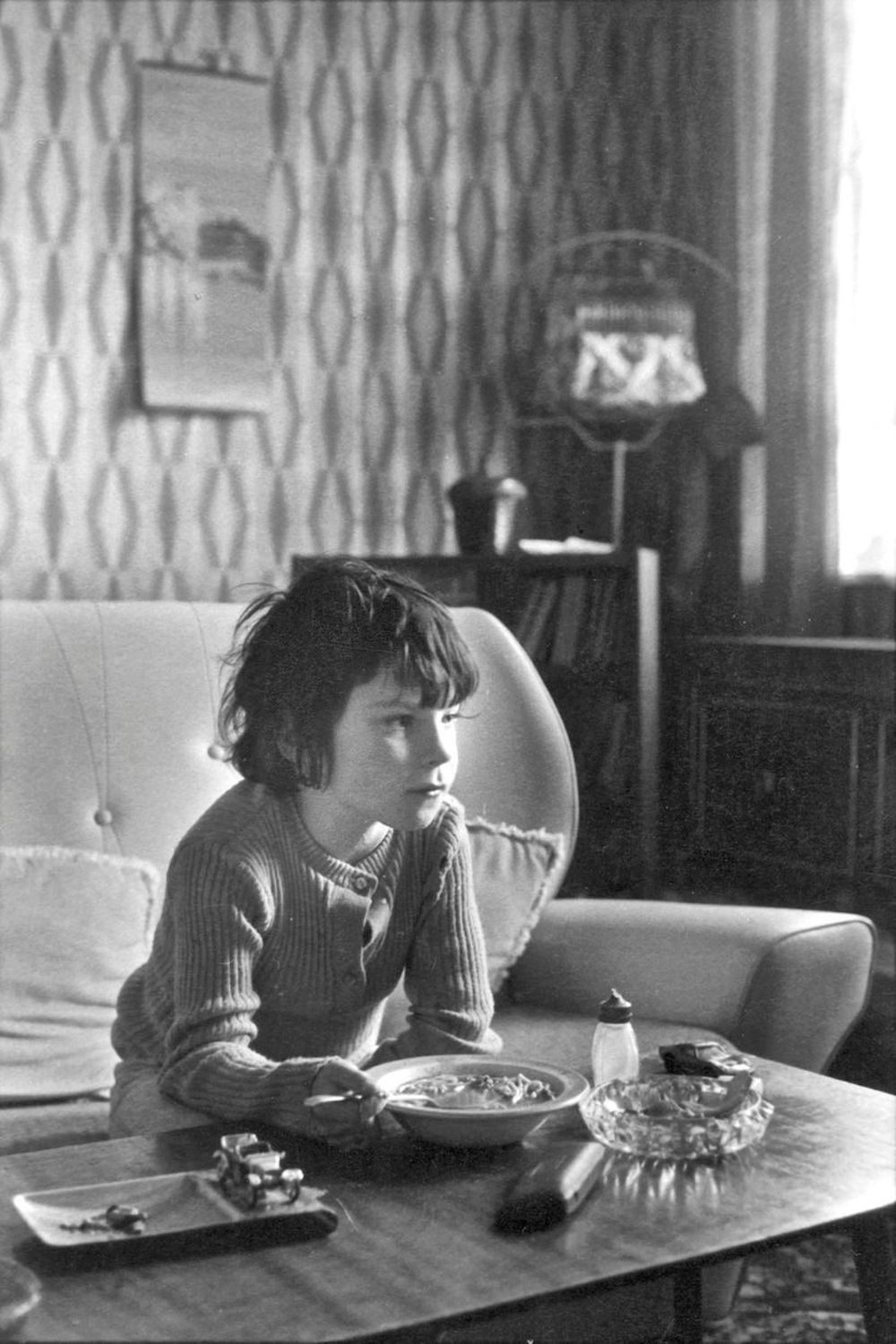
Boy at lunch, 1974
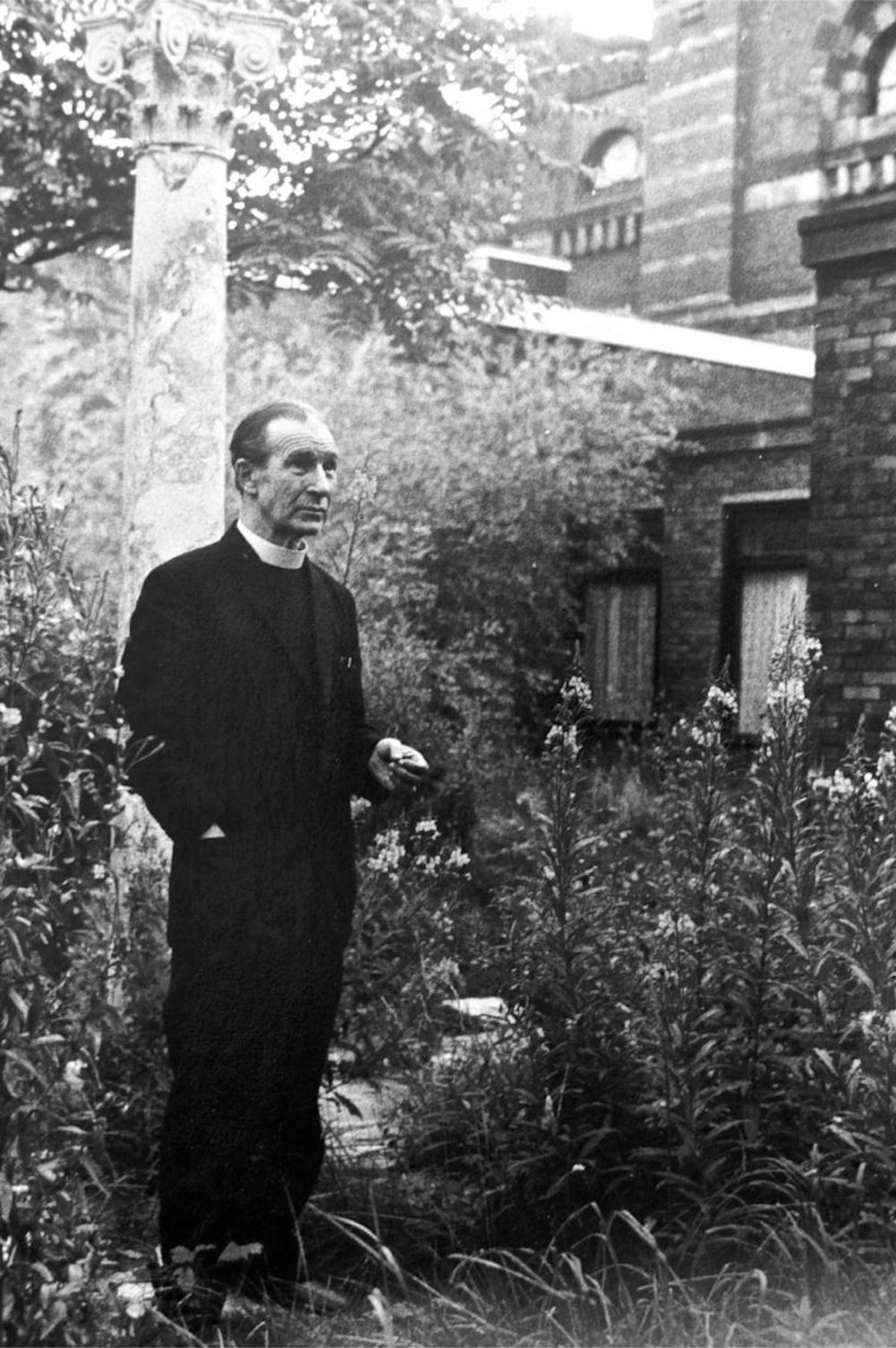
Father Crowley in the overgrown garden at St Philip Neri Church 1972

1974 – Shopping at Ali’s News
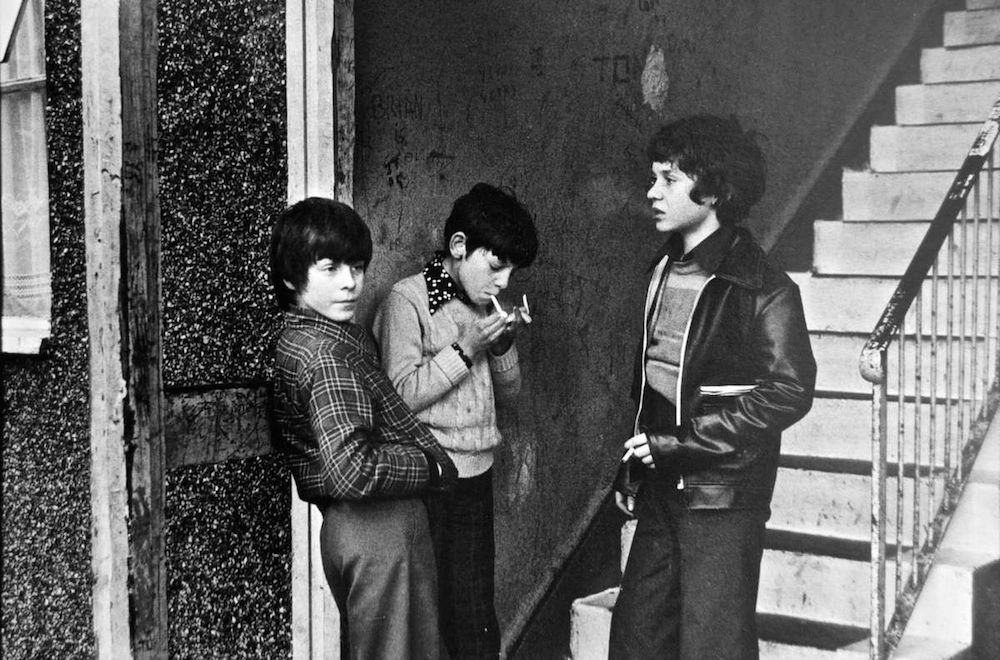
‘Bedford Street’ 1972
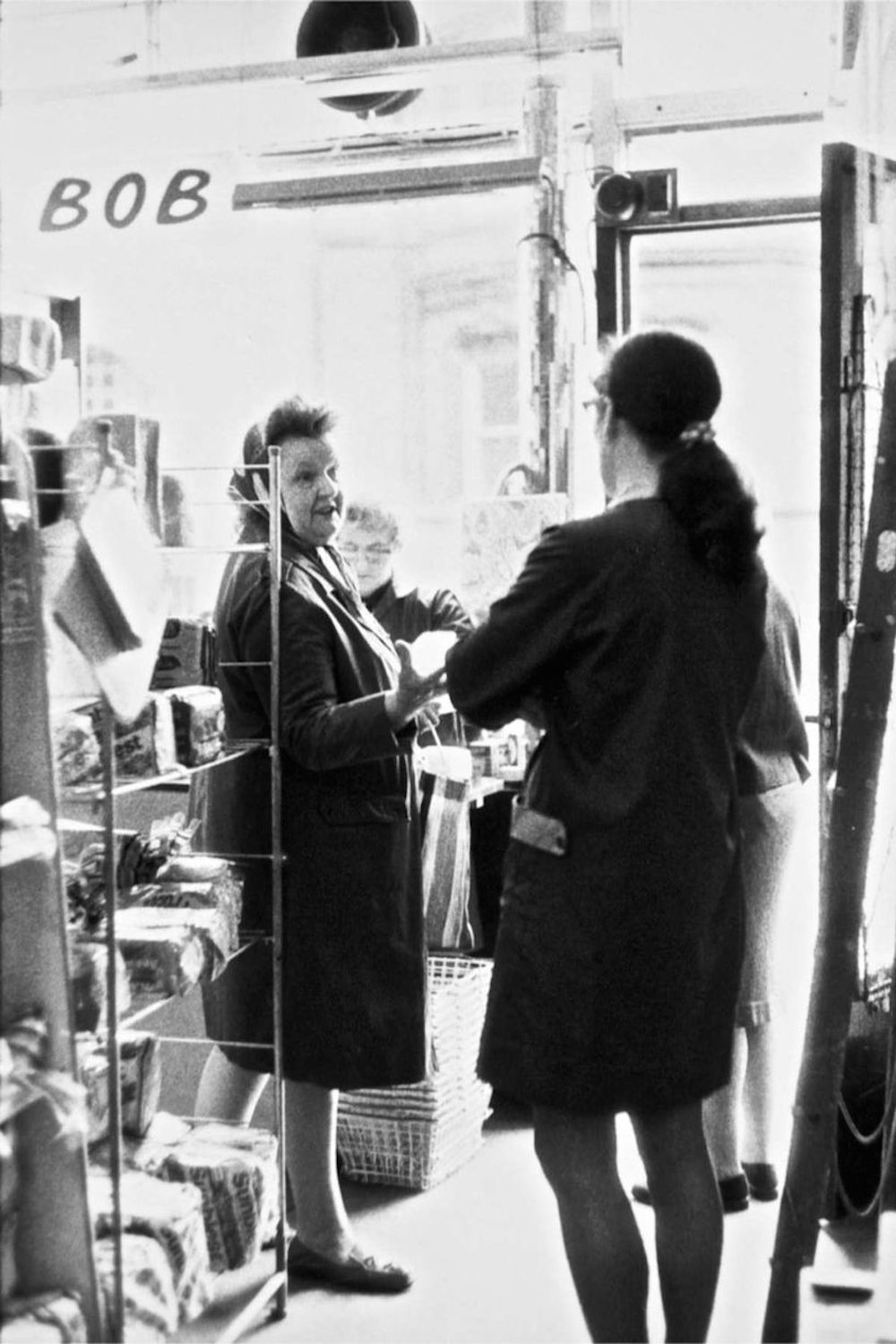
Percy Can’s Grocers, Falkner Street, 1972

1972
“We started by bricking the police station and then bricked every police car that came into Liverpool 8. Rioting was emancipating. It’s on my list of 10 things you should do before you die. The police were lined up in their dozens, banging on their shields and making monkey noises. Our adrenaline was flowing.” – Darrin Rawlins recalls the 1981 riots
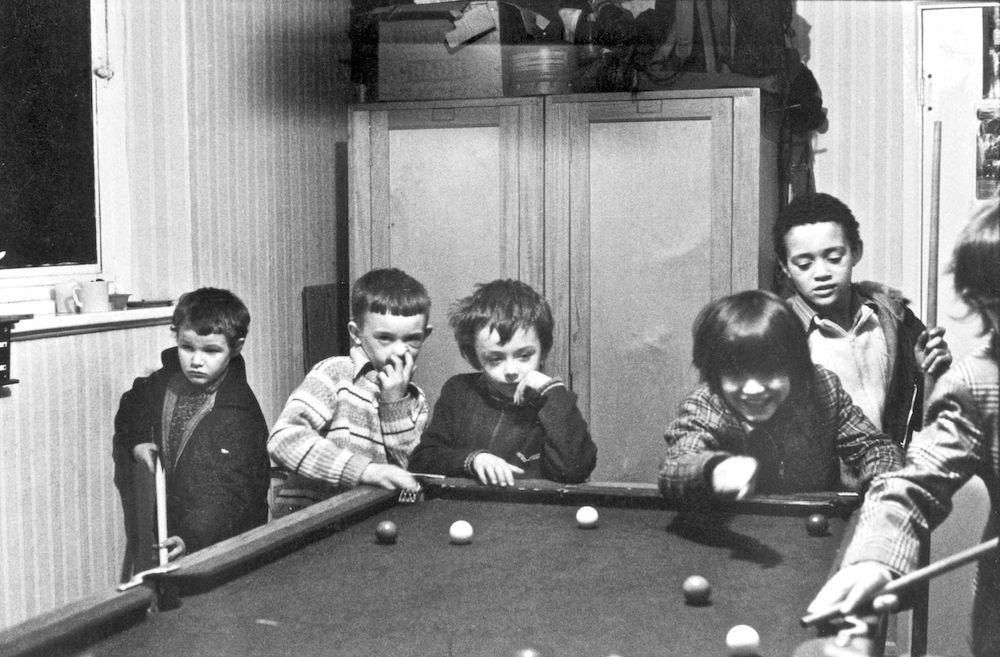
Snooker at Jim Hart’s, 1974

Landlord and landlady at Blackburne Arms 1972
“It was terrifying. We had no protective equipment: just these round shields and an ordinary copper’s helmet with a flimsy plastic visor. We had no tactical awareness or skills in riot control.” – Detective Superintendent Tim Keelan was a PC during the 1981 riots
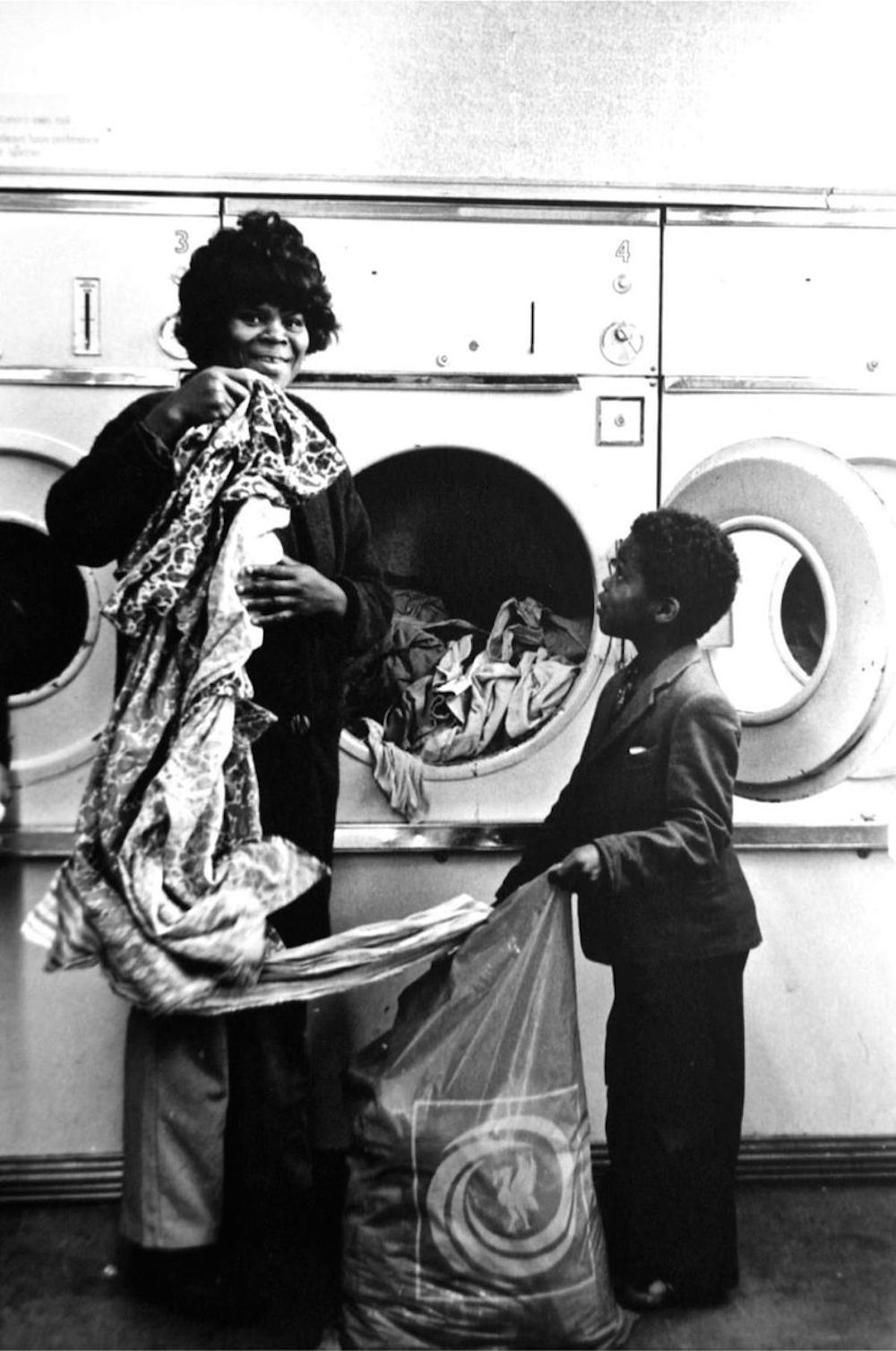
1972 washing
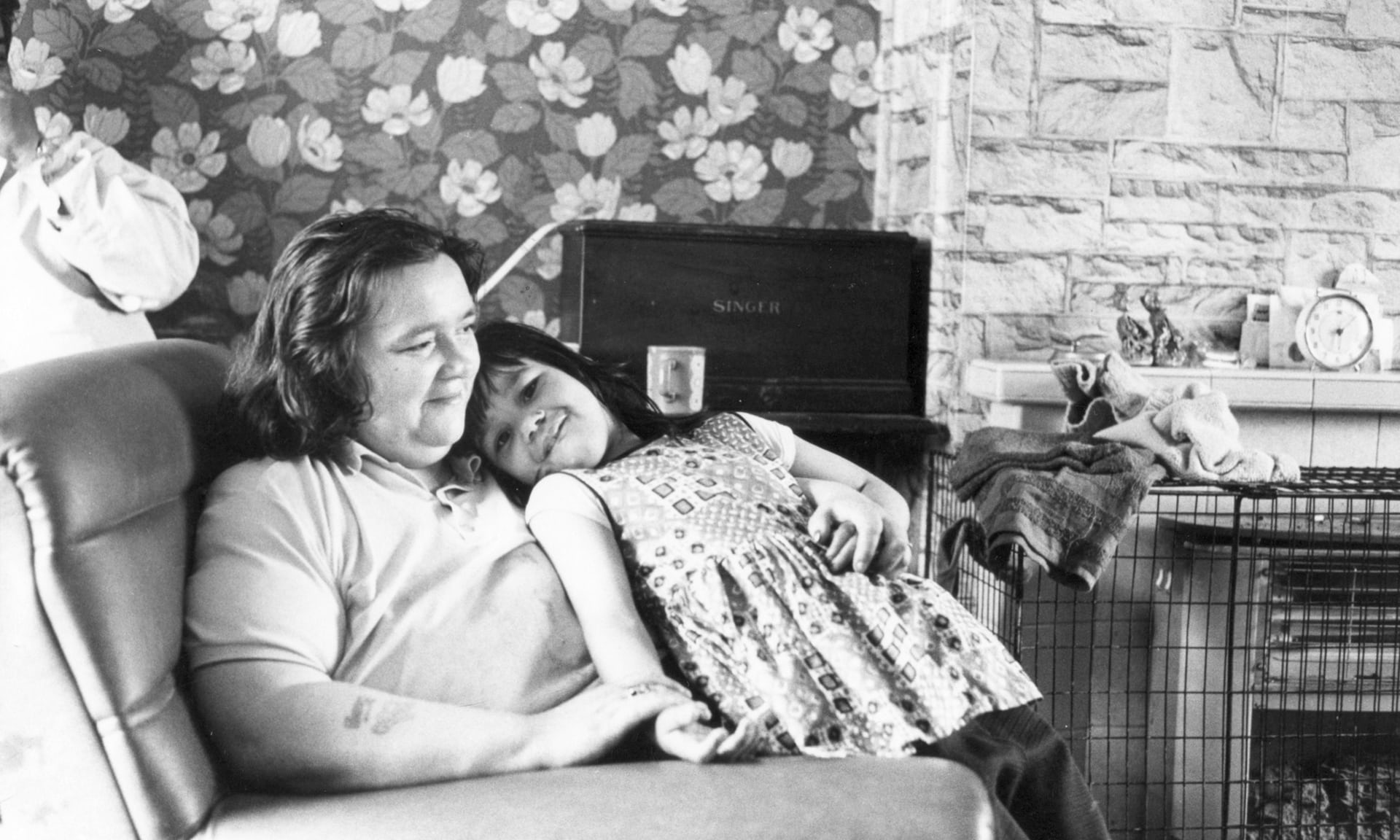
Lizzie Hodson and her mother at home, in 1974
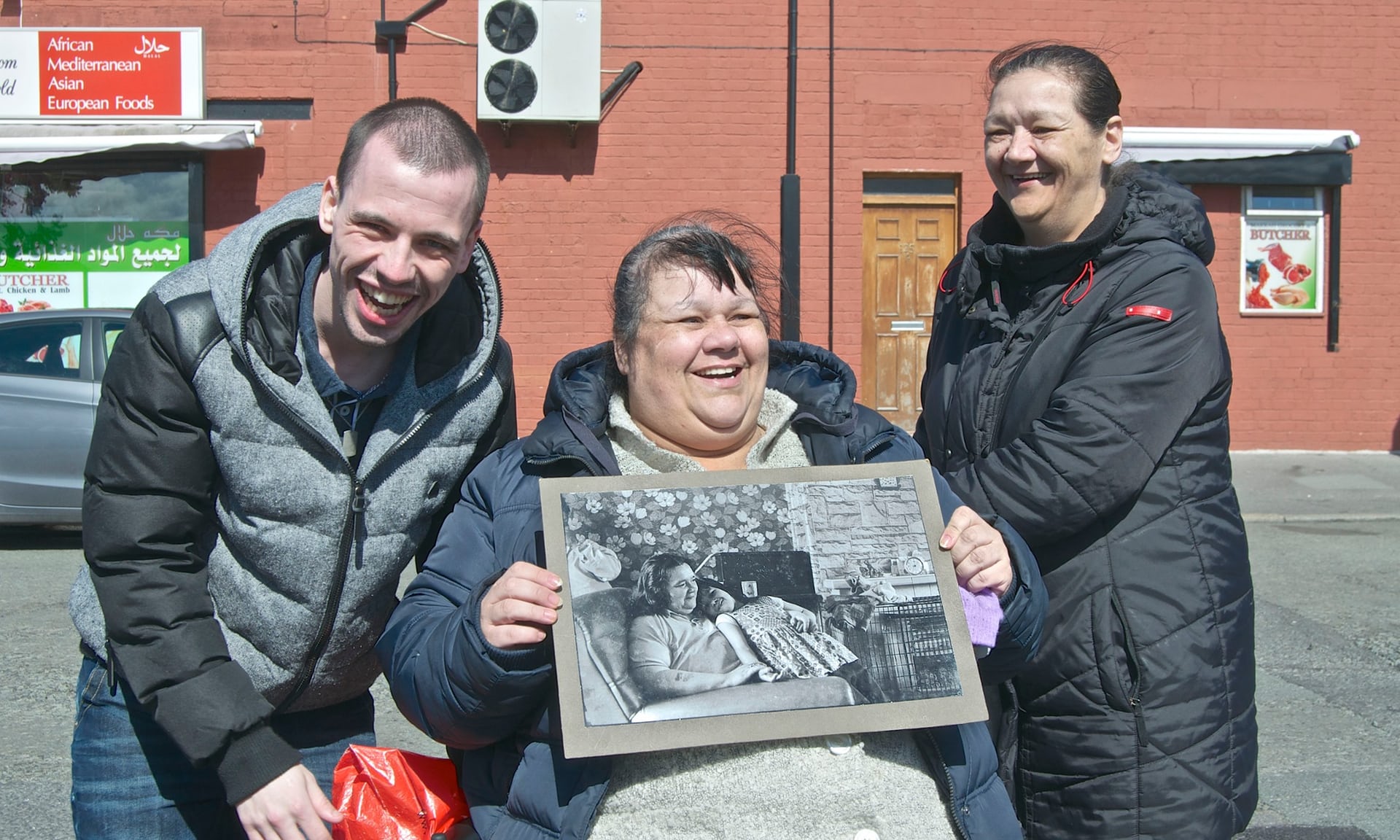
Lizzie, with her son and sister, holds the 1974 picture of her and her mother – 2015
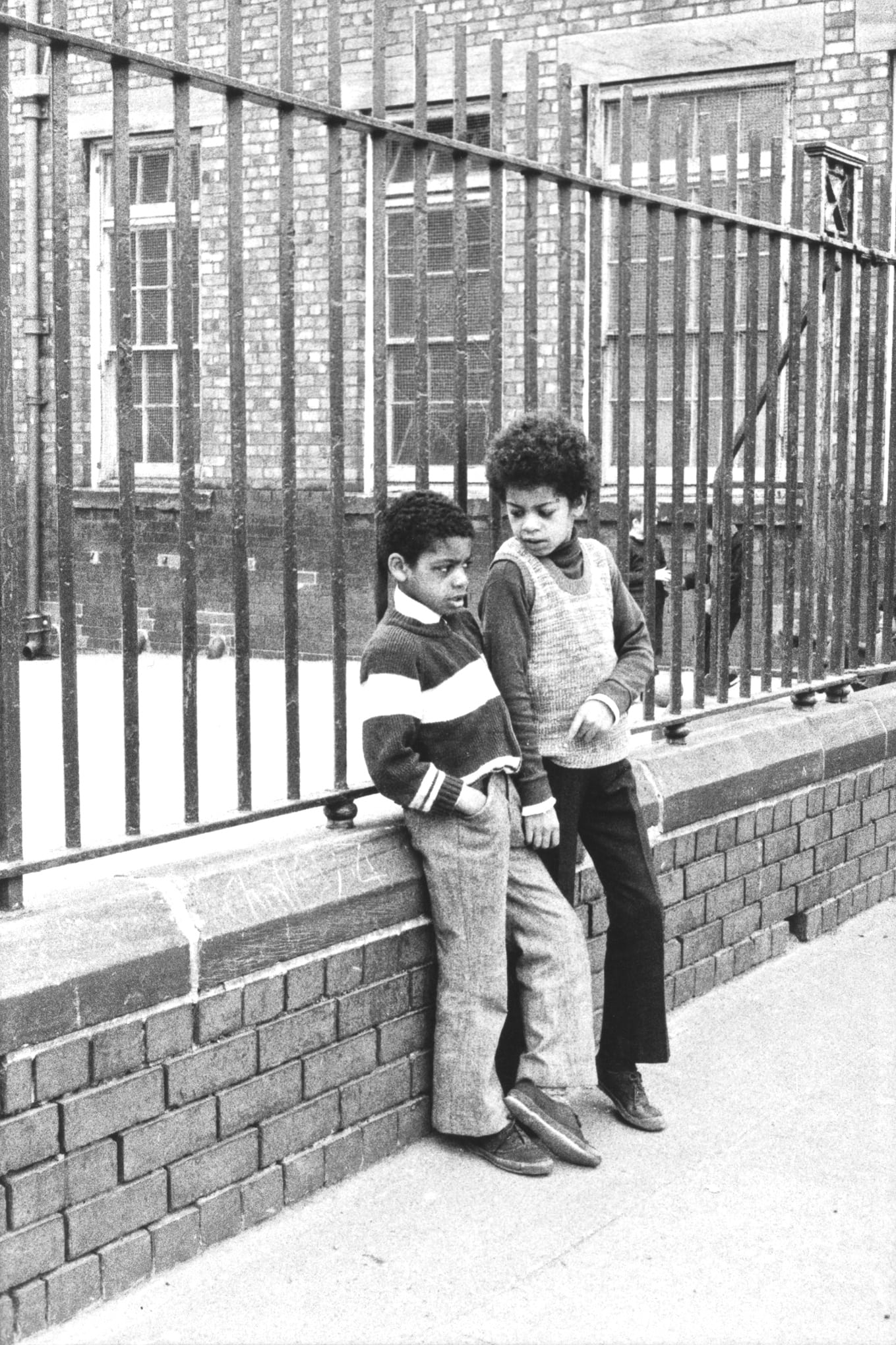
By the Windsor Street School railings
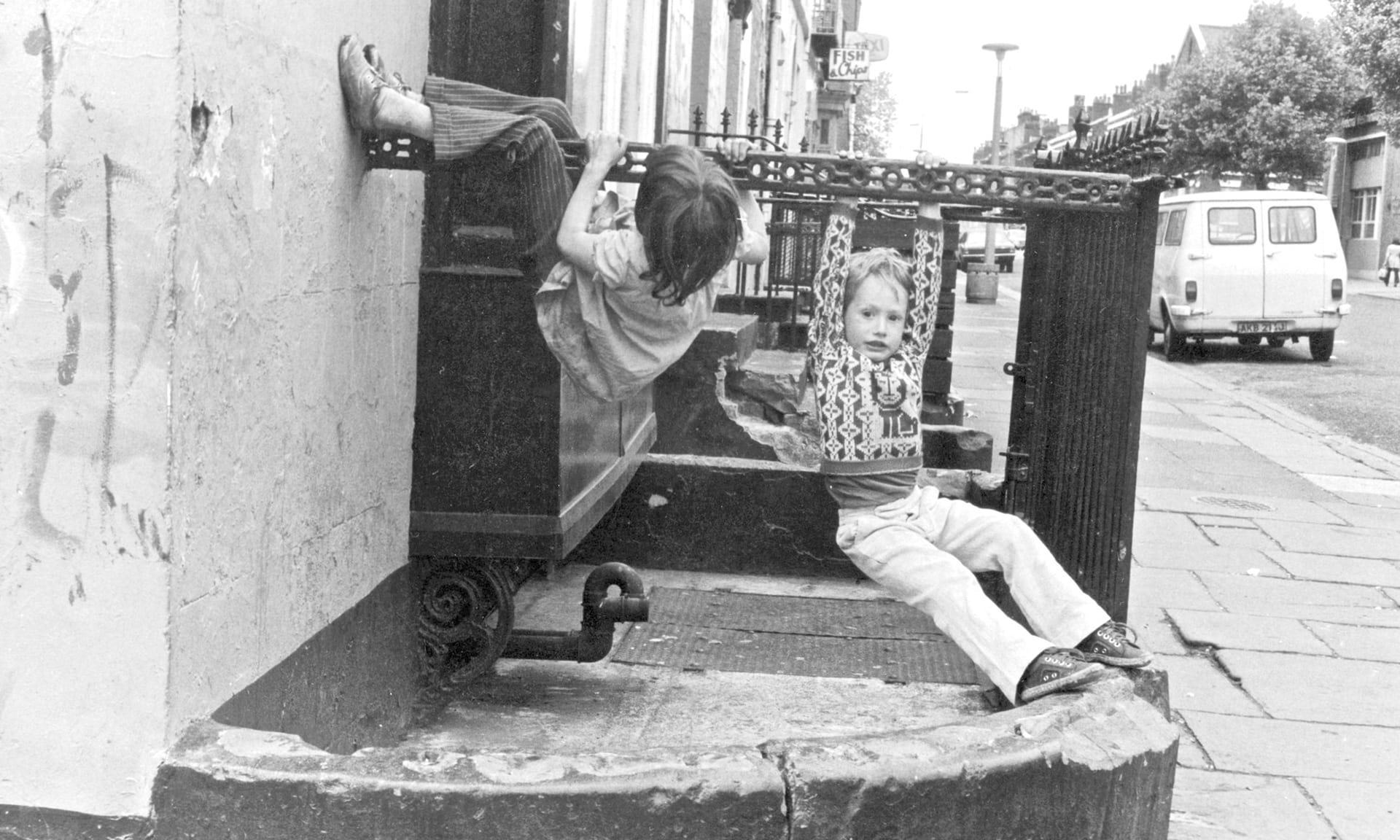
Children playing on Berkley Street
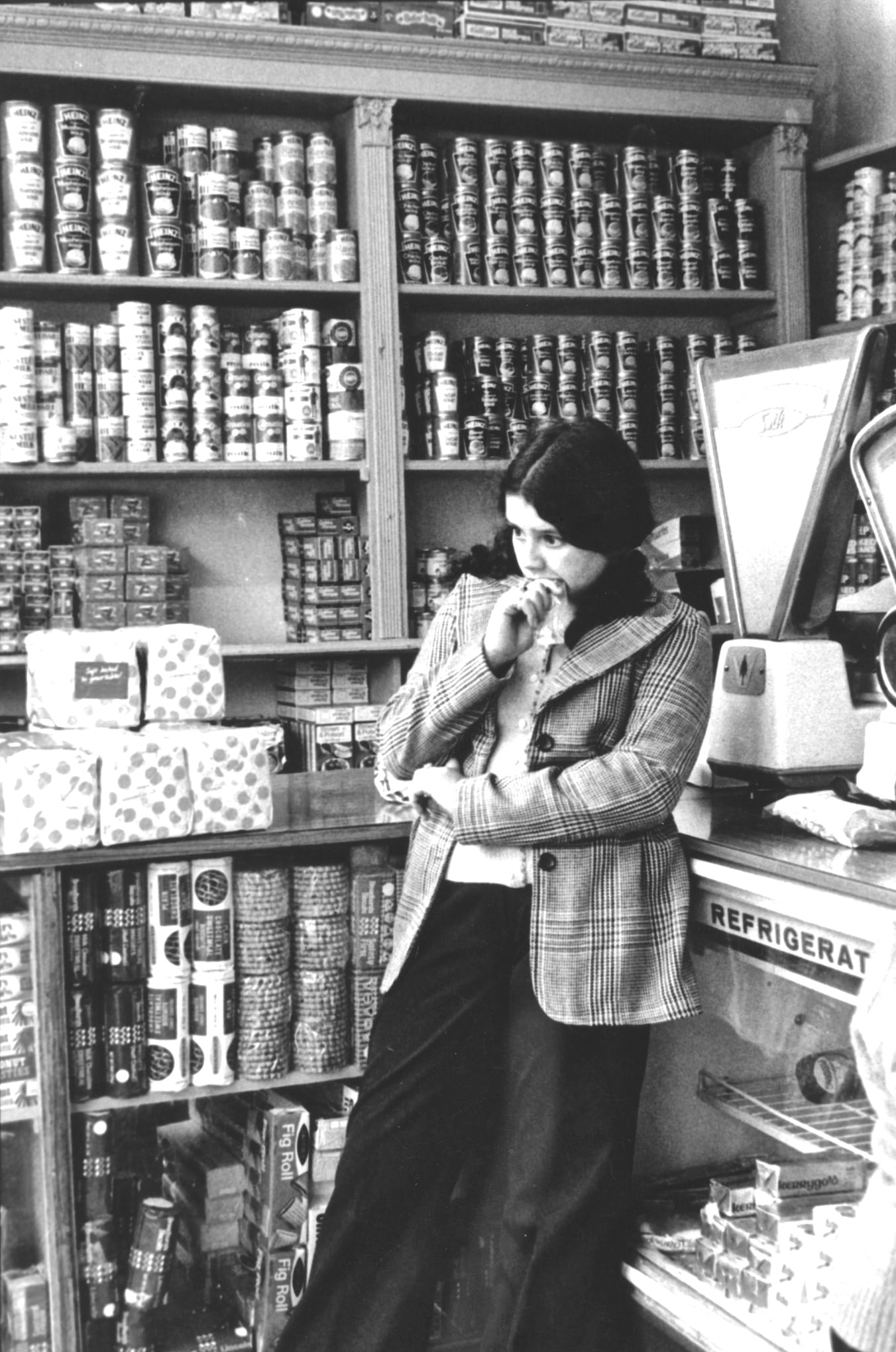
A young woman in Ali’s News